A Tuna is any of a number of different species of fish in the Thunnini tribe. People refer to many different species in this group by the name, but researchers place the “true Tuna” in the taxonomic genus Thunnus. The genus contains eight different species. Read on to learn about the Tuna.
Description of the Tuna
Most members of this group share similar characteristics. They have streamlined, muscular, torpedo-shaped bodies. All of the eight species in this group share another characteristic as well. They have multiple, short finlets before their tail fins.
Each species has its own size and weight ranges. Adults measure between 4 ft. and 8 ft. long, and weigh up to 570 lbs!
Interesting Facts About the Tuna
These fish have a number of different traits and adaptations that make them unique. Learn more about these creatures, below.
- The Eight “True” Tunas – The eight species in this group are the albacore, southern bluefin, bigeye, Pacific bluefin, Atlantic bluefin, yellowfin, blackfin, and longtail Tuna
- Sushi and Sashimi – People utilize many of the various species as a source of food for sushi and sashimi. International pressure for fish has caused depletion in many regional and global populations of these fish.
- Self-Regulation – Researchers recognize this group as one of the few fishes that can maintain their body temperature in a way similar to mammals. This allows them to maintain their body temperature in cold waters, letting them hunt in deep water without losing strength or speed.
- Tuna Farming – People in some areas have attempted raising these fish in an aquaculture, or farming, setting. In Australia, “ranchers” build offshore pens to raise fish. They catch juvenile fish and transfer them to the pens, where they raise them to their adult size and sell them.
Habitat of the Tuna
Though each species has its own specific preferences, as a whole they utilize similar habitat types. They have pelagic habits, which means that they live in open water rather than utilizing the sea floor. As a whole, they live both near the coast and offshore. Some range into relatively deep waters, though this varies by species.
Distribution of the Tuna
Each species has its own unique distribution. Some species have cosmopolitan range and live across nearly the entire globe. Other species live only in specific regions. As a whole, they utilize temperate and tropical seas and you can find various species throughout these regions. They live in the Atlantic Ocean, Pacific Ocean, Indian Ocean, and more.
Diet of the Tuna
All eight species have carnivorous feeding habits, which means that they hunt for smaller animals. As a whole, their most common prey includes fish and squid. Smaller individuals and species hunt for smaller prey, while large fish can hunt larger prey. They eat a wide range of different fish, squid, and invertebrates.
Tuna and Human Interaction
Humans utilize the various species as food sources. Each faces different pressure from fishing. Depending on the species, people often hunt them commercially and/or for sport. This activity has led to decline in virtually all species, but the extent of this decline varies. The IUCN lists each species differently, and many face dire threat.
Domestication
Humans have not domesticated this species in any way.
Does the Tuna Make a Good Pet
No, you could not keep these fish as pets. They reach lengths much too large to house in a home aquarium.
Tuna Care
Aquariums do not frequently keep these fish. Those that do house them in massive tanks designed for pelagic species. The tanks often have slightly rounded edges to prevent the fish from hitting the sides. They often house them with other large predatory fish, and feed them herring, capelin, smelt, squid, shellfish, and more.
Behavior of the Tuna
The exact behavior of these creatures varies based on the species. They have social lifestyles and live in groups known as schools. The size of these schools varies based on the species as well. Some swim vast distances in migrations. These migrations often occur seasonally or based on water temperature.
Reproduction of the Tuna
The mating habits of each species vary slightly. However, each species has its own specific breeding rates. They all breed via spawning, where the females and males release their eggs and sperm into the water, and fertilization occurs outside of the body. Different sizes and species produce different number of eggs, often in the millions.

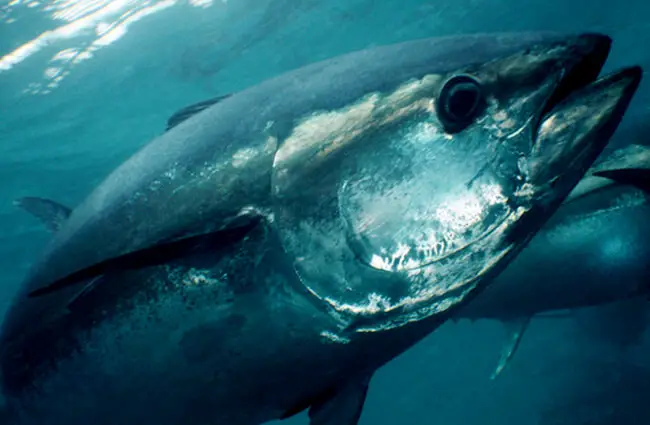
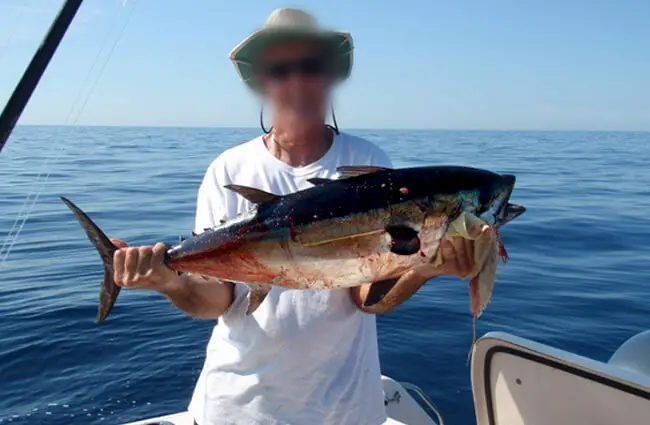
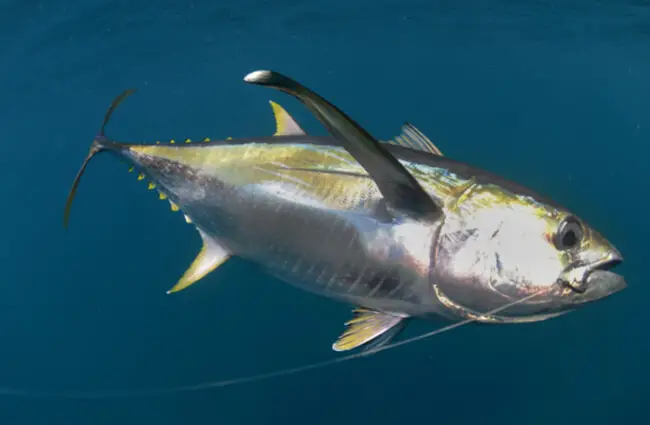

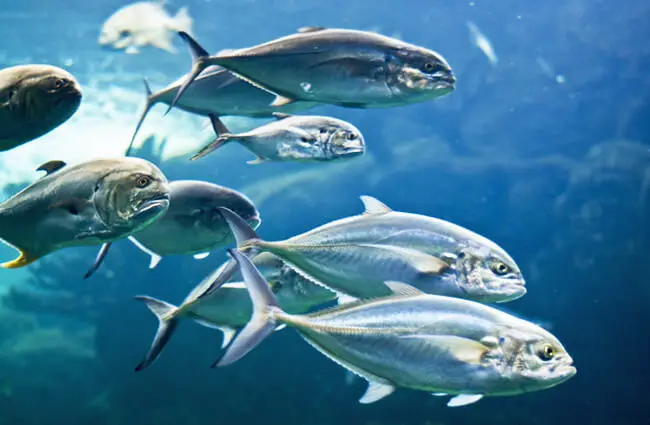
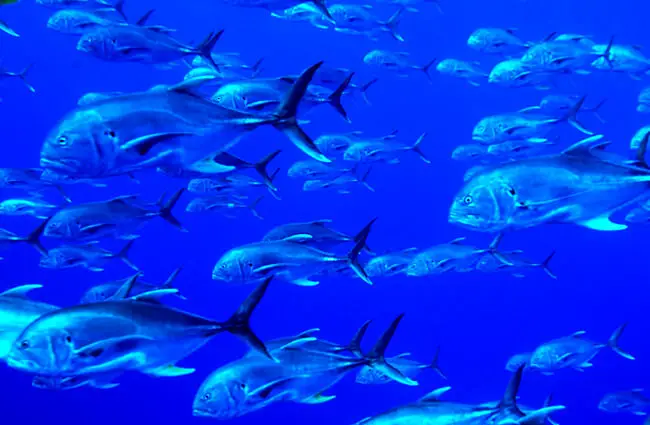






![Red Angus Closeup of a beautiful Red Angus cowPhoto by: U.S. Department of Agriculture [pubic domain]https://creativecommons.org/licenses/by/2.0/](https://animals.net/wp-content/uploads/2020/03/Red-Angus-4-238x178.jpg)


![Red Angus Closeup of a beautiful Red Angus cowPhoto by: U.S. Department of Agriculture [pubic domain]https://creativecommons.org/licenses/by/2.0/](https://animals.net/wp-content/uploads/2020/03/Red-Angus-4-100x75.jpg)

